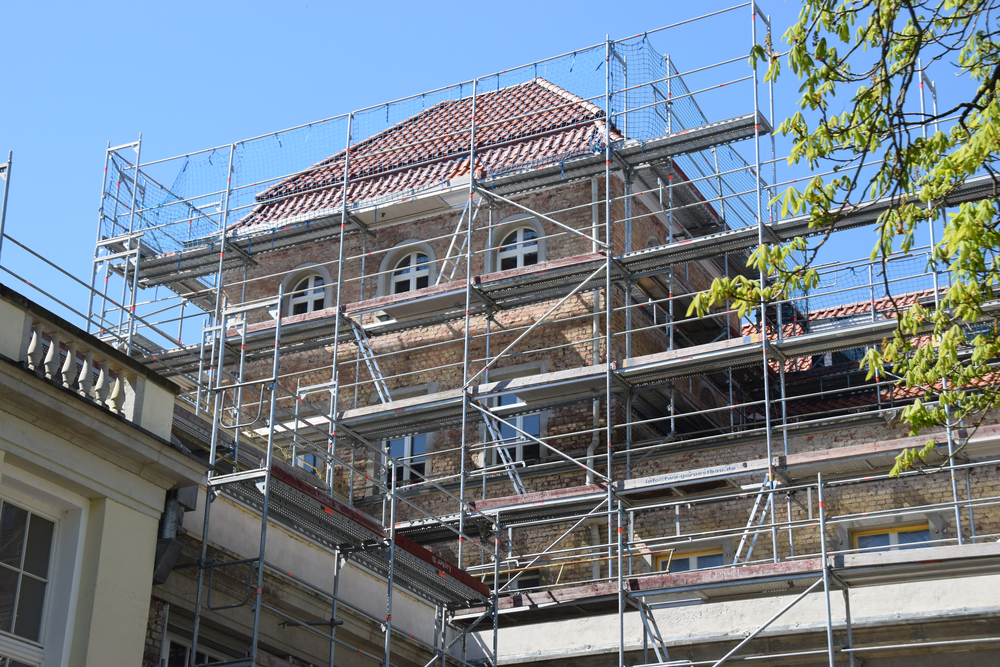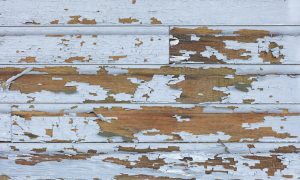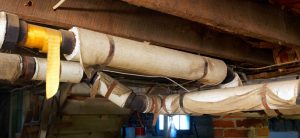Historic buildings challenge a developer’s creativity and resourcefulness. But they are also a vital part of the community that needs to be preserved and re-used for future generations as part of historic preservation.
As such, rehabilitating an old building may be the perfect thing for you because it can save money from new construction if the structure of the building is sound. Among many things that must be accomplished before renovation can occur, lead abatement is one vital aspect if there is lead on the premises, mainly from old pipes.
When it comes to lead abatement, there are several methods companies use on commercial sites. We discuss those methods and processes in our complete guide.
Lead Abatement Methods
Lead abatement’s goal is to completely remove all lead from a site to prevent the public from being exposed to it. The EPA states that there is no safe level of lead exposure. Hence it all must be abated using one, some, or all of the five methods prescribed here.
1) Encapsulation
Encapsulation involves covering or sealing lead paint with a protective coating or material. The purpose of encapsulation is to prevent lead dust from being released into the environment while still maintaining the integrity of the original surface.
This method of lead abatement is often preferred over removal, as it is less disruptive and generally more affordable. Our team typically recommends encapsulation for surfaces in good condition. This method is not a permanent solution, as the surfaces will need to be maintained or replaced.
The materials used for encapsulation can include specialized paints, sealants, or even drywall. It is essential to use materials specifically designed for lead abatement that meet the EPA’s guidelines for effectiveness and safety.
While encapsulation is a popular lead abatement method, it has some limitations. It may not be effective for surfaces that are heavily damaged or have a lot of wear and tear. Additionally, encapsulation may not be a long-term solution for surfaces frequently exposed to friction or movement.
2) Enclosure
Enclosure creates a physical barrier between the lead-containing material and the surrounding environment. The enclosure may be a physical barrier made of a material that does not contain lead, or it may involve enclosing the lead-containing material within a separate room or container, such as fully sealing something in concrete.
Enclosure typically happens in situations where complete removal of the lead-containing material is not feasible or cost-effective, such as in historic buildings or on large structures such as bridges.
The advantages of enclosure include its cost-effectiveness, the ability to maintain the integrity of the original structure or material, and the fact that it is a relatively non-invasive process.
However, enclosure may require ongoing maintenance to ensure the barrier’s integrity and prevent lead exposure. Additionally, it may not be suitable for situations where lead-containing material poses an immediate danger to human health.
3) Replacement
In some cases, lead abatement may require the complete replacement of certain items that contain lead. Replacement is beneficial for lead pipes and fittings used for plumbing, as well as lead-based painted windows and doors.
Replacing lead pipes with modern plumbing is the most effective way to eliminate the risk of lead contamination from water. Updating windows and doors is another method of removing lead.
Replacement may not be necessary or may not be the most effective solution in some cases. For example, if lead paint is only present in small areas, it may be possible to remove or encapsulate it. As with any lead abatement method, the best approach will depend on the specific situation.
4) Paint Removal
Another standard lead abatement method is paint removal. This method involves removing the paint that contains lead from the surfaces where our team finds lead. We can remove the paint through scraping, chemical stripping, or heat guns.
Once we remove the paint, we properly clean the surface before prepping it for new paint or sealant. The debris generated during the removal process must also be appropriately disposed of to prevent contamination while workers wear PPE the entire time.
5) Soil Remediation
Soil remediation focuses on removing lead-contaminated soil. This method is commonly used for outdoor areas where lead-based paint or other lead sources may have contaminated the soil.
A few different techniques can be used for soil remediation, including excavation, soil washing, and soil stabilization. Excavation involves removing the contaminated soil and replacing it with clean soil. Excavating the soil is often the most effective method, but it can also be the most expensive. Soil washing is a process that involves using water and chemicals to separate the lead from the soil. Soil stabilization involves adding materials to the soil to reduce the mobility of the lead and prevent it from spreading.
Partner With an Experienced Lead Abatement Company
Lead abatement is not a project that should be taken lightly, nor is it something you can ignore. Partnering with an experienced lead abatement company is the only way to ensure your property does not expose the public to lead.
Contact Environmental Demolition Group or call 859-363-4863 to learn more about how our team has the expertise and operations to complete lead abatement in the Midwest and Mid-Atlantic states.





